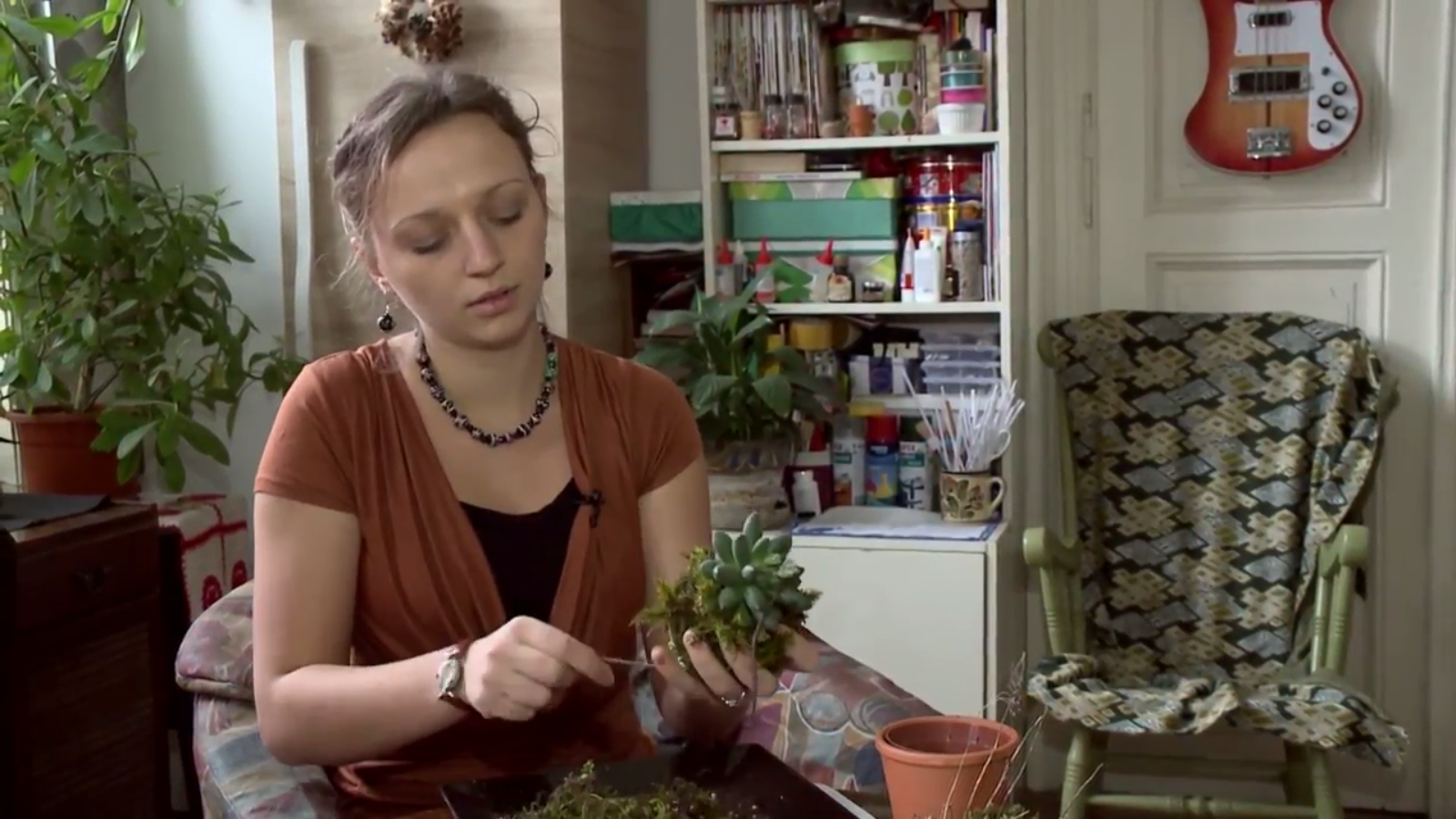The Flowered Cluj Movement arrives at the 8th edition of the Hungarian Cultural Days of Cluj with its own booth. Flower arrangement with landscape architect Kinga László is among its programmes, taking place between 1-3 pm on Thursday. We are now talking to her, asking her about flower arrangement techniques and herself.
Why is this movement important for you?
As a young landscape architect from Cluj I consider it important for our town to put on again its former flowery grandeur. I can still remember when the “main square” poured out its vital force as a uniform green area, a spring of happiness. This picture continued on Eroilor (Deák Ferenc) street and it was also extended on the potted flowers adorning the facades of the buildings. On warm summer days several downtown “tree giants” ensured us shadowy and fresh opportunities for relaxation. I consider it my labour of love to bring back at least partially the former atmosphere of the town, thus excluding the oppressive power of this sea of greyness.
What do you bring into the programmes of the Town Embellishment Booth?
I have recently become very interested in gardening therapy. I had the chance to organise, conduct and in the end to evaluate gardening activities in rehabilitation centres. It is a proven fact that people dealing with plants, engaged in gardening activities in their everyday lives, are more likely to preserve the balance of their bodies and souls. During the Hungarian Cultural Days of Cluj I will encourage the inhabitants of the city by “flower tasting” to pursue gardening, because it is good for everyone, and it is useful for everything. I think that the preparing of kokedamas is the most appropriate in this context, both from a decoration point of view, and also for practical reasons.
What should we know about the kokedama flower arrangement technique?
The notion of the kokedama originates in 17th century Japanese culture. The term means moss ball, (koke = moss) and (dama = ball), and in fact it is a plant grown in a ball of moss-covered soil. Occasionally it is also called a living potted flower. The bonsai technique had a huge influence on its evolution. Someone tried to grow such a bonsai plant with an open root system, but it was difficult to ensure permanent wetness, therefore the roots were covered by moss. This is how the culture of plants grown in moss balls evolved. Over the centuries this type of plant growing changed a great deal, and today we can select the plant to put into the middle of the moss ball from a great variety. The preparing of kokedama must be tried out first, to taste its quintessence, than everything goes by itself. As a decoration of our living spaces it can be positioned in almost every corner, alone or in pairs, put on a plate or hung.
Where could we find more information about this type of flower arrangement?
It is possible to read more details about this technique in this year’s edition (the sixth one) of the Kincses Kolozsvár Kalendárium (Treausre Cluj Almanac). In addition, the steps of preparing it can be followed in this year’s 10th of February programme of the Petőfi TV, entitled “Én vagyok itt” (I am here).
